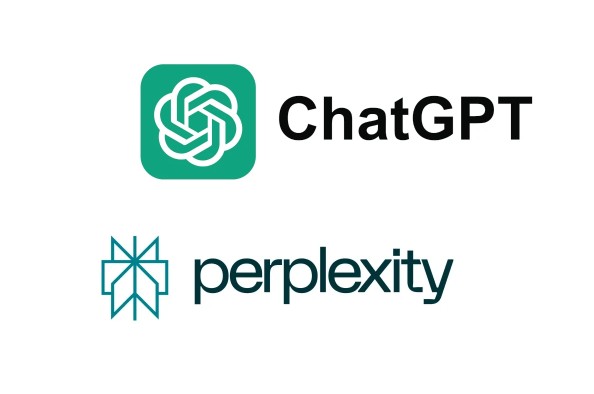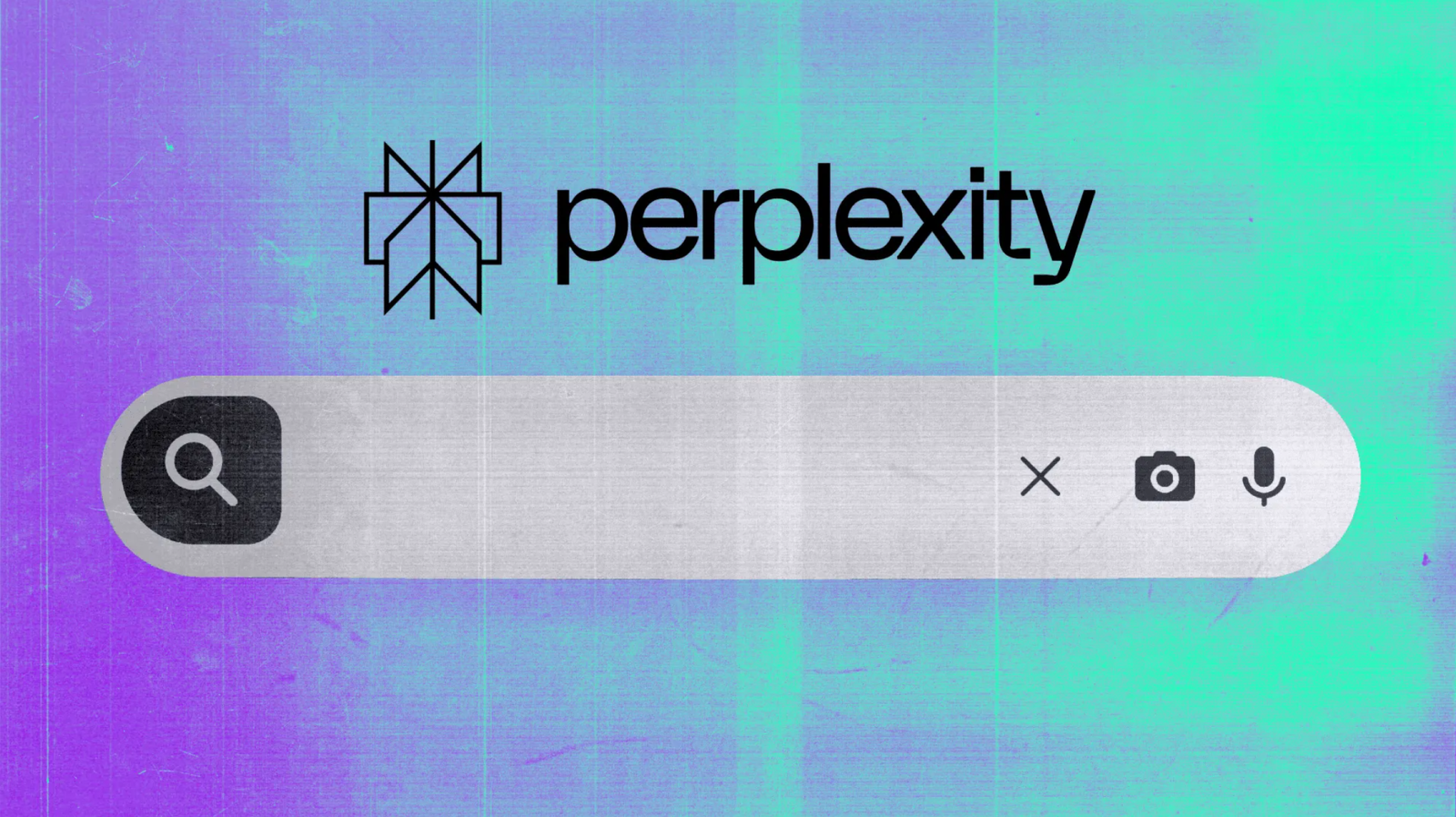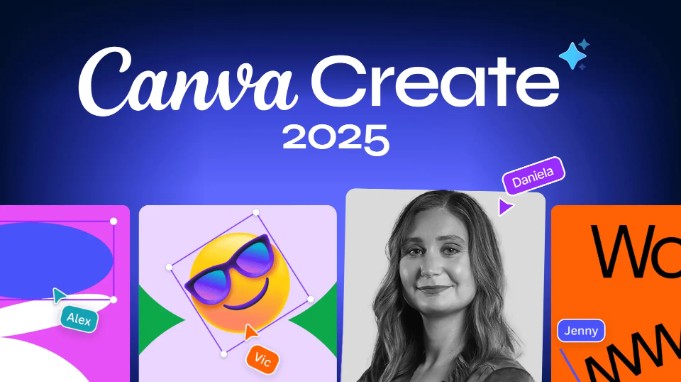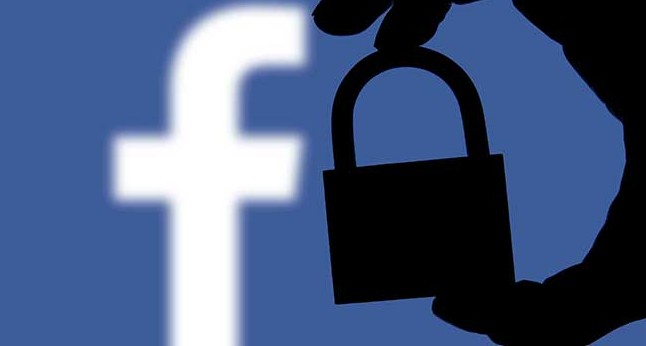Best Selling Products
With the ability to interact naturally, retrieve information quickly, and understand user context, AI chatbots are opening up a whole new direction for modern marketing strategies, where conversations go beyond support to commercial opportunities.
Nội dung
- 1. How are ChatGPT and Perplexity entering the advertising arena?
- 1.1. ChatGPT – Huge Userbase, But Still Cautious
- 1.2. Perplexity – The pioneer in the AI advertising land
- 2. AI Chatbot – Not a social network, but a new “marketing weapon” if you know how to exploit it
- 2.1. Ads cannot be copied and pasted from social networks.
- 2.2. New ad formats: Subtle, interactive, rich in context
- 2.3. The fine line between support and harassment
- 3. Will the chatbot remain neutral if ads appear?
- 4. The future of chatbot advertising
- 4.1. Can AI Chatbots replace Google or social networks?
- 4.2. AI Search Advertising – The Hot New Pie
With the ability to interact naturally, retrieve information quickly, and understand user context, AI chatbots are opening up a whole new direction for modern marketing strategies, where conversations go beyond support to commercial opportunities.

In the context of AI technology developing explosively and being increasingly integrated into life, a big question is being raised: can AI chatbots, intelligent virtual assistants like ChatGPT or Perplexity become the next "fertile land" in the advertising field? With the ability to interact naturally, retrieve information quickly and understand the user's context, AI chatbots are opening up a completely new direction for modern marketing strategies, where conversations are not only about support but also about commercial opportunities.
1. How are ChatGPT and Perplexity entering the advertising arena?
1.1. ChatGPT – Huge Userbase, But Still Cautious
With over 250 million weekly active users, OpenAI’s ChatGPT is one of the most popular AI applications in the world. Its user data, search intent, and engagement habits are a goldmine that any advertising platform would love to have.
However, the integration of advertising into ChatGPT has not been officially confirmed as of now. However, OpenAI’s recent moves reveal some notable signs:
Hired Shivakumar Venkataraman, former head of Google's search advertising division.
Appointed first marketing director.
Annual operating costs are expected to exceed $5 billion, forcing the company to look for additional revenue sources to sustain its business model.
.png)
However, Sarah Friar, OpenAI’s chief financial officer, confirmed that “the company currently has no specific plans to launch advertising.” Instead, OpenAI is focusing on developing core products such as ChatGPT, Sora, DALL-E, and its enterprise API.
Therefore, the advertising story in ChatGPT is still in the “potential” stage, but if deployed properly, it can become a sustainable revenue stream for OpenAI in the near future.
1.2. Perplexity – The pioneer in the AI advertising land
In contrast to ChatGPT's caution, Perplexity AI officially entered the advertising playground at the end of 2024. The company quickly deployed a variety of smart advertising formats:
Sponsored Suggested Questions.
Video ads.
Branded explanatory content.
Banners in screen corner positions.

After just a few months, Perplexity recorded an interaction level of more than 20 million queries/day, an 8-fold increase compared to the same period last year (2.5 million queries/day in early 2024). This is an impressive number, not only proving the attractiveness of AI chatbots to users but also showing the huge potential for advertising revenue in the conversational environment.
Overall, both ChatGPT and Perplexity are at a critical juncture where they either take advantage of the advertising opportunity to break out or remain neutral as supporting platforms. How each platform chooses to move forward will shape the future of AI advertising over the next 5-10 years.
2. AI Chatbot – Not a social network, but a new “marketing weapon” if you know how to exploit it
2.1. Ads cannot be copied and pasted from social networks.
Unlike Facebook, Instagram or TikTok, where ads can passively “blend” into the content stream, AI chatbots operate on an active conversational model. Users ask questions, chatbots answer, leading to more clearly oriented information streams.
This poses a big challenge for advertisers: How to insert ads without interrupting the natural flow of conversation?
2.2. New ad formats: Subtle, interactive, rich in context
Advertising formats that can be deployed in an AI chatbot environment include:
Sponsored Response: A response from a chatbot, but with a brand or product attached.
Contextual query suggestions: Suggest relevant, sponsored content based on the current conversation.
Interactive product demo: Simulate the product right in the chatbot.
Integrate branding into AI-generated content: Create a softer, more natural presence.
.png)
But to be successful, these ads need to ensure that they don’t intrude on the experience. If chatbots become too “commercialized,” users may abandon the platform because they lose the sense of neutrality and trust that made them stick around in the first place.
2.3. The fine line between support and harassment
“The high targeting capabilities of AI content can make advertising more effective, but if it appears too frequently, it will reduce trust and user experience,” warns Sebastian Diaz, director of media innovation at Bench Media.
Agreeing, Manolis Perrakis from We Are Social Singapore commented: “The chatbot environment is completely different from social media. Advertising is only effective if the integration is smooth and not annoying.”
Therefore, the real value of chatbot advertising lies not in frequency, but in timely, relevant personalization. A subtle suggestion will be much more effective than an imposing banner or pop-up.
3. Will the chatbot remain neutral if ads appear?
One of the biggest challenges with chatbot advertising is the risk of losing user trust. When a chatbot like ChatGPT or Sora, which is expected to be a trustworthy, objective assistant, starts inserting sponsored content, users wonder: Is this the best answer, or is it just an advertisement in disguise?
.png)
If not handled carefully, AI chatbots can easily become upgraded versions of advertising “spam” websites, where every click leads to a marketing link.
“The trick is to create an ad experience that is natural, useful, and not intrusive,” says Sebastian Diaz. “The smarter the ad, the less noticeable it is – but that has to come with transparency.”
Therefore, if they want to deploy advertising, AI platforms need to:
Provide option to turn ads on/off.
Clearly label: “This is sponsored content.”
Make sure that the ad doesn't distract from the chatbot's primary response.
It can be said that trust is the vital factor if AI chatbots want to become an effective and sustainable advertising platform. Because no matter how advanced the technology is, users are still at the center. If they no longer trust what the chatbot says, all the smartest forms of advertising will become meaningless.
Therefore, building a responsible, transparent advertising model that prioritizes user experience is the key to making AI chatbots not only a new marketing tool, but also a trusted platform in the AI era.
4. The future of chatbot advertising
.png)
4.1. Can AI Chatbots replace Google or social networks?
According to Manolis Perrakis, OpenAI’s products are currently focused on supporting work and search, so they have not directly affected the advertising “pie” of Facebook, Instagram or TikTok. However, he also emphasized: “OpenAI has the potential to change the way users search for information, something that has previously been dominated by Google.”
On the other hand, giants like Meta and Google are not standing still. They have started:
Develop chatbots integrated into Facebook Messenger and Instagram DM.
Launch of large language models (LLMs) such as LLaMA (Meta), Gemini (Google).
Enhance AI to search for images, videos, emotions – things chatbots are not good at right now.
Meta and Google have an advantage in their mature advertising ecosystems. Chatbots are just an extension of their format, while OpenAI and Perplexity are still building from scratch.
.png)
4.2. AI Search Advertising – The Hot New Pie
If OpenAI decides to roll out ads, it will likely start with the GPT search engine rather than ChatGPT, where ads can appear more naturally, similar to what Google is doing.
This helps minimize conversational disruption and maintain the reliability of innovative AI products like Sora or DALL-E.
In other words, chatbot advertising won't completely replace social media or Google, but it will certainly capture a significant portion of revenue, especially in the areas of personalized search, education, healthcare, e-commerce, and expert consulting.
While AI chatbots hold great promise for the advertising industry, it’s still too early to call them a game-changer. According to Campaign, chatbots are still in the process of perfecting their ability to understand and predict user needs, which makes ad placements sometimes more experimental than data-driven.
At present, chatbots can play a supporting role such as creating personalized content for marketing campaigns. The real value lies in the ability to increase the performance of the existing advertising ecosystem, especially in moving towards hyper-personalized advertising based on user intent. However, this is just the beginning and the race to develop technology is still very long ahead.












































